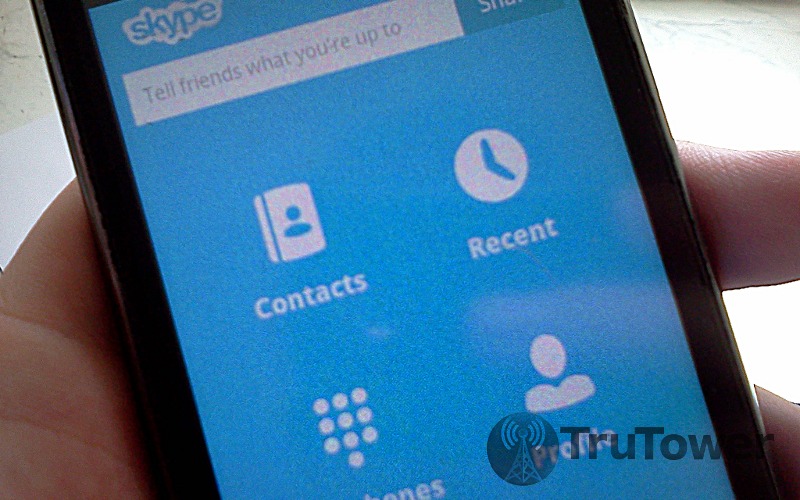Skype may have growing competition in the VoIP and messaging space, but the company has plans to keep itself in the top spot.
Corporate VP for Windows Azure Scott Guthrie disclosed the plan to move Skype off of its own servers onto Windows Azure to showcase the auto-scaling feature Microsoft is planning for the service.
According to Guthrie: The idea is that Skype’s need for capacity ebbs and flows and the ability to get dynamic compute and storage will serve Skype well. While Windows Azure has always enabled customers to scale up and scale down their apps, it required them to write custom scripts in order to enable that capability. Moving the Skype service to Windows Azure is a good test case for the auto scaling capability. By moving to Windows Azure, Skype can scale to the capacity it requires as fluctuations in usage change.
Skype’s need for capacity ebbs and flows and the ability to get dynamic compute and storage will serve Skype well.
“We’re going to make this a lot easier by baking in auto-scale capability directly into Windows Azure,” Guthrie said during the keynote presentation. “This is going to make it trivially easy for anyone to start taking advantage of this kind of dynamic scale environment and yield the same cost basis.”
In addition, Skype has also announced some improvements to the app in their official blog, as more and more people increasingly use the application from their mobile devices. These improvements are the direct result of user feedback according to the company, which detailed the feedback as listed below:
- Make Skype more reliable, and less power hungry. Be nice to my battery life. Pretty self-explanatory, and the work is never done.
- Messaging needs to be easier and at my fingertips. People use a lot of different apps for messaging – and it’s very easy to switch back and forth, using the one that feels right in the moment. While Skype is known best for calling (recently exceeding 2 billion minutes in one day!), our users also send tens of billions of chat messages every month to the people they care about most. They simply want it to be more convenient.
- I now use Skype on multiple devices, so make the experience fast and familiar. More and more of our users have Skype on their phone, tablet, and PC. So while we still need to make Android feel like Android and Windows feel like Windows, people want a fast, beautiful, and more coherent design across all the devices they use.
According to the company, this feedback has led to serious investments into the mobile applications and will result in the following changes “in the coming months and the year ahead”:
- Increasing performance and quality. This is our number one priority and a key component of every update we roll out. Earlier this year, we started making some significant changes under the hood to the way in which our apps work, specifically around reliability, battery life and performance. We debuted some of this work first on Skype for Windows 8 and Windows Phone 8. As we said back then, this work helps ensure that calls and messages come in quickly, reliably and without affecting your battery life. We plan to bring these same enhancements to all the devices you use Skype on.
- Modern design, putting conversations first. To make all your interactions on Skype easier, we are putting conversations at the heart of a redesigned experience. Not only is this Modern design bold and beautiful, but it’s also simpler and easier to use. Doing this on Windows 8 and Windows Phone 8 dramatically reduced the time it takes to reply to a message, while making it even simpler to upgrade that conversation to a voice or video call. Our aim is to make the experience and design of our apps as consistent as possible, while still respecting each device’s unique look and feel.
- Completing the experience across devices. We’ve seen an incredible response to the new capabilities we’ve brought to Skype recently including video messaging, picture sharing, HD video, and more. And we want everyone to have the same great Skype experience regardless of the device they choose. We have some work to do in this area, but you’ll increasingly see a more consistent feature set across all our apps by the end of the year.
“Increased performance and quality is our number one priority.”
The official rollout dates of the changes listed above haven’t been nailed down, but rest assured, we’ll keep our eyes and ears open and update all TruTower readers as soon as we hear anything. Stay tuned.

